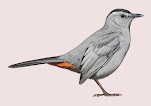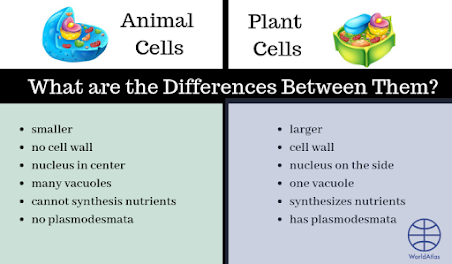Lesson 1
THE CELL
Parts of the cell
Objective: To know the Cell as a structural and functional unit of all living beings
Key words: cell, nucleus,cytoplasm, cell wall,organelles
Vocabulary
|
N° |
English |
Spanish |
|
|
|
|
|
1. |
Answer |
responder |
|
2. |
Birds |
pájaros |
|
3. |
Chlorophyll |
clorofila |
|
4. |
Environment |
ambiente |
|
5. |
Float |
flotar |
|
6. |
Genetic |
genética |
|
7. |
Look |
ver |
|
8. |
Living being |
seres vivos |
|
9. |
Life |
vida |
|
10. |
Pressure |
presión |
|
11. |
Sizez |
tamaño |
|
12. |
Shapes |
formas |
|
13. |
Storage |
almacenar |
|
14. |
Smallest |
pequeñísima |
Lesson plan n°1 – English version
Lesson plan n°1 – Spanish version
The cell is a basic unit
of life. All organisms, from the simplest to the most complex are made up
of one or more cells.
Cells have the ability to
perform the three vital functions: nutrition, relationship, and reproduction.
Wherever you look, there
are living things such as trees, birds and many others living beings.
They are all made of
cells:
Cytoplasm is a viscous
liquid that surrounds the organelles and acts as a site for many important
chemical reactions to take place.
Membrane is a
semi-permeable film that holds the cell together, keeping the cytoplasm apart
from the outside environment.
Mitochondria is the site of
cellular respiration (energy production for the cell).
The Nucleus controls all of
the cell’s functions and contains the genetic material (chromosomes) needed for
the cell to reproduce.
Cell Wall is a rigid exterior of plant cells, and is made primarily of cellulose.


























